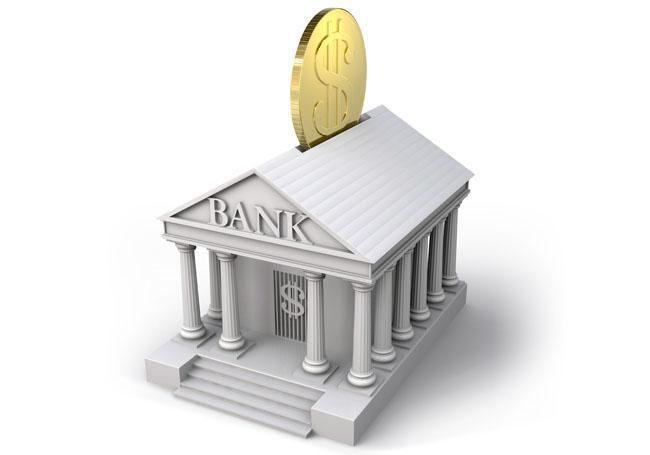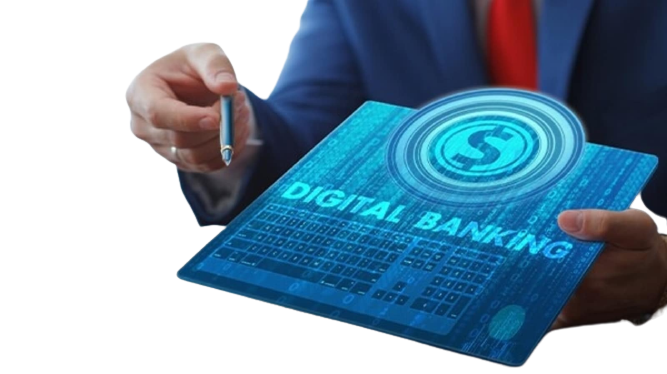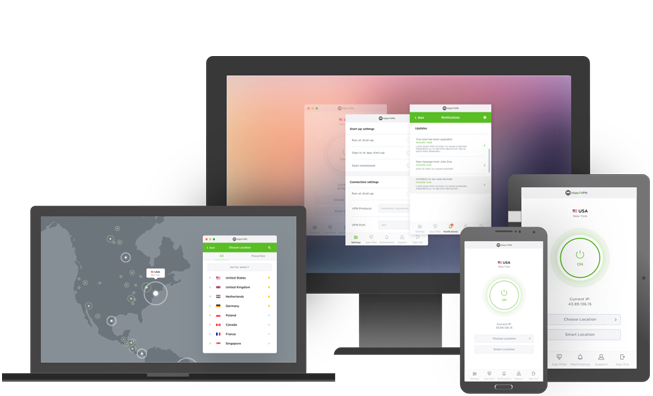 Digital banking has taken the world by storm, and it’s no surprise why. With just a few clicks, you can transfer money, pay bills or even invest in stocks from the comfort of your couch. But what is a digital bank and how does it work?
Digital banking has taken the world by storm, and it’s no surprise why. With just a few clicks, you can transfer money, pay bills or even invest in stocks from the comfort of your couch. But what is a digital bank and how does it work?
In this post, we’ll take a deep dive into the world of digital banking to help you understand everything you need to know about this modern-day financial service.
So sit back, relax and get ready to discover what makes digital banks so unique and why they are becoming increasingly popular among consumers all around the globe in 2023!
What is a digital bank?
A digital bank is a financial institution that offers banking services through digital channels. This can include online banking, mobile banking, and even social media platforms. Digital banks typically have lower fees and offer more convenient services than traditional banks.
How do digital banks work?
A digital bank is a financial institution that offers banking services entirely online. This means that customers can open accounts, make deposits and withdrawals, and conduct other banking activities without ever having to visit a physical bank branch.
Digital banks are typically able to offer lower fees and higher interest rates than traditional banks because they have lower overhead costs. They also tend to be more convenient and user-friendly, with features like mobile check deposit and 24/7 customer support.
If you’re considering switching to a digital bank, it’s important to do your research to make sure you’re choosing the right one for your needs. Be sure to read reviews, compare fees and rates, and find out what other customers have to say before making the switch.
The benefits of digital banking
 There are many benefits of digital banking. Perhaps the most obvious is that it is more convenient than traditional banking. You can do your banking anywhere, anytime, and from any device. This means you can bank while you’re on the go, which is a huge benefit for busy people.
There are many benefits of digital banking. Perhaps the most obvious is that it is more convenient than traditional banking. You can do your banking anywhere, anytime, and from any device. This means you can bank while you’re on the go, which is a huge benefit for busy people.
Another benefit of digital banking is that it’s often more affordable than traditional banking. Many digital banks have lower fees and offer more free services than brick-and-mortar banks. This can help you save money on your banking costs.
Digital banks also tend to offer innovative features and services that traditional banks don’t have. For example, some digital banks offer budgeting and financial tracking tools to help you manage your money.
Others offer bonuses and rewards for using their products and services. These features can make digital banking even more beneficial for consumers.
The disadvantages of digital banking
Despite the many advantages of digital banking, there are also several disadvantages worth considering. One of the biggest disadvantages is the increased risk of fraud and identity theft. With your financial information stored online, it can be much easier for criminals to access and misuse your funds.
Another downside to digital banking is that it can be more difficult to get help from a human teller or customer service representative when you need it. If you have questions or run into problems with your account, you may have to wait longer for assistance if you’re relying on online chat or email support.
Finally, digital banking may not be available in all areas or for all types of accounts. If you live in a rural area or have a unique financial situation, you may not be able to take advantage of all the features and benefits that digital banking has to offer.
The future of digital banking
With the rise of mobile and online banking, traditional banks are under pressure to offer more digital services to their customers. Banks are investing heavily in digital transformation projects in order to stay ahead of the curve.
According to a study by Boston Consulting Group, 43 percent of customers would leave their bank if it didn’t offer a good digital experience. This number is even higher for millennials (64 percent) and Gen Zers (71 percent).
What does this mean for the future of banking? It’s clear that banks need to invest in digital if they want to remain relevant and keep their customers happy. But what exactly does a “digital bank” look like?
A digital bank is a financial institution that offers all of its services online or through mobile devices. This includes everything from opening an account and applying for a loan, to transferring money and tracking spending. Customers can interact with their bank through a website, app, or both.
There are already many successful digital banks around the world, such as BBVA in Spain, Simple in the US, and Monzo in the UK. These banks have found success by focusing on providing excellent customer service and creating intuitive user experiences.
It’s clear that the future of banking lies in going digital. Traditional banks need to embrace this change if they want to stay competitive. For customers, this means more convenience, better service, and more
VPN and digital banking
Digital banking is the delivery of banking services and products via digital channels such as the internet, mobile phones and tablets.
VPNs (virtual private networks) are often used by businesses to provide employees with secure access to company resources when working remotely. Many consumers also use VPNs to protect their privacy online.
Digital banks typically offer a wider range of services than traditional banks, including mobile and online banking, money transfers, payments and lending. They also tend to be more customer-centric, with features such as chatbots and personalised recommendations.
While digital banks are often lauded for their convenience and user-friendliness, there are some risks associated with using them. For example, if you lose your phone or device containing your digital bank login details, you could be at risk of losing access to your account – and your money.
There have also been cases of fraudsters setting up fake digital banks in order to steal people’s money. So it’s important to do your research before signing up for any digital bank.
Best VPN for Digital Banking
HideIPVPN offers a VPN service with military-grade encryption, and high-speed servers with unlimited bandwidth.
Our service comes with shared IP addresses so that your activity can never be tied to one particular user, further protecting your privacy.

We also offer DNS leak protection, a Kill Switch, the latest VPN protocols, and a guaranteed no-log policy.
Best VPN Deal! Get HideIPVPN for $2.7/mo!
Every purchase you make comes with a 30-day money-back guarantee.
Conclusion
Digital banking is revolutionizing how people manage their finances. With features such as contactless payments, real-time budgeting, and AI-driven credit scores, digital banks are quickly becoming the go-to for people who want to bank from anywhere with ease.
By 2023, we can expect even more advancements in digital banking technology, making it easier than ever to access your funds, monitor your spending and save smarter.
Whether you’re looking for more control over your money or just a convenient way to pay bills, a digital bank could be the perfect solution.


